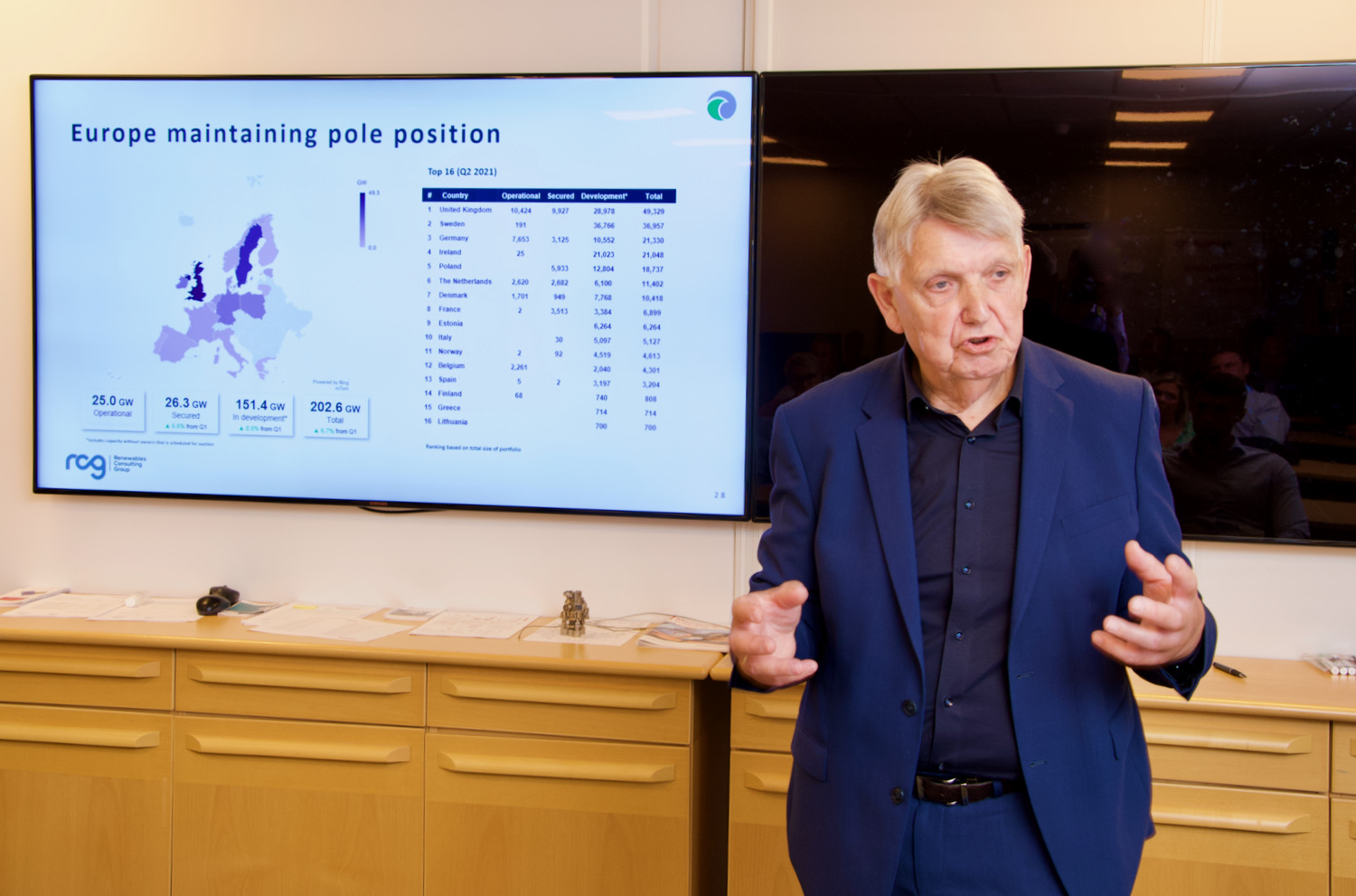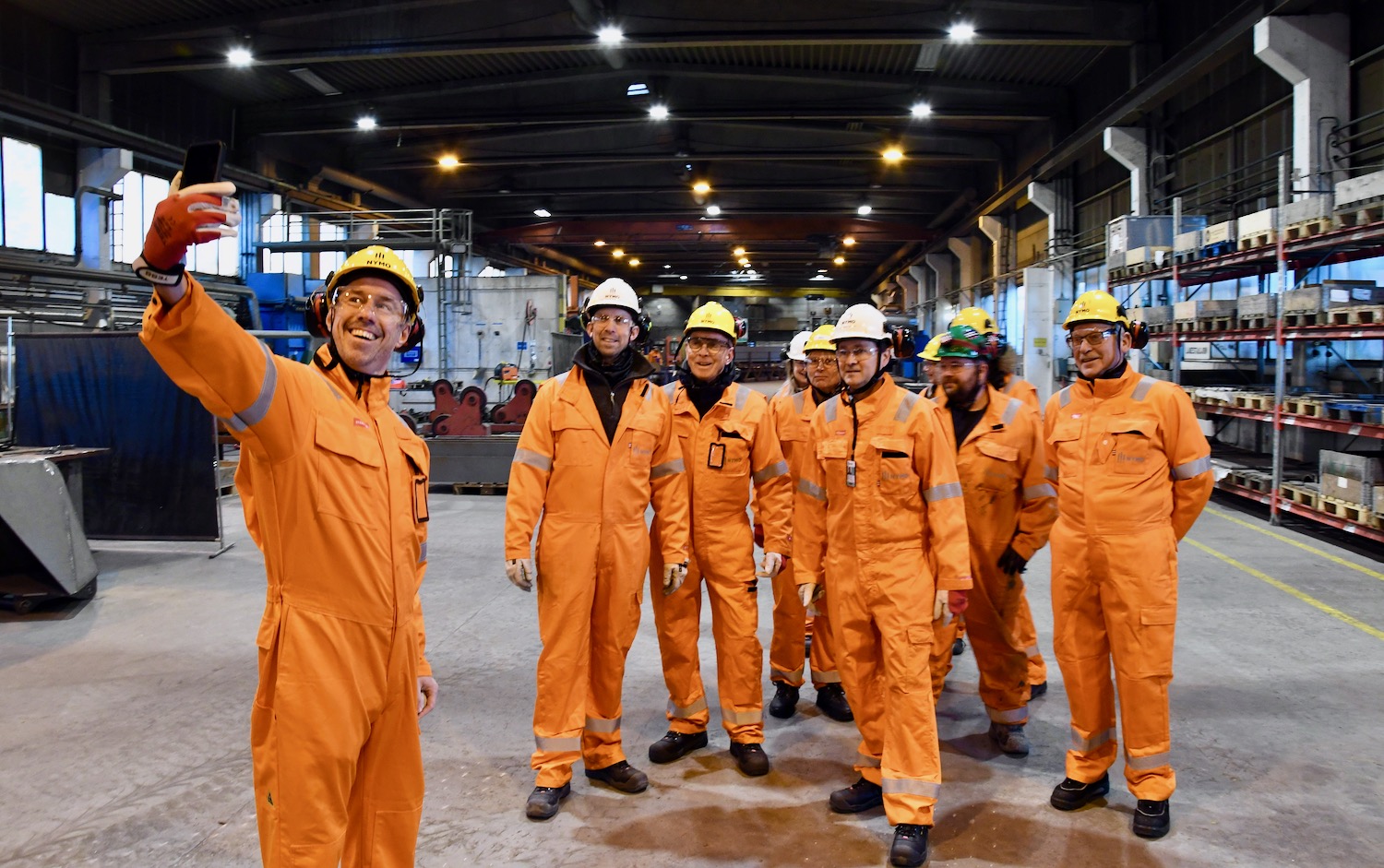The überclear recommendation from David Ottesen, Director Wind at Norwep, is based on a general perception that Norway missed out of the early days of fixed offshore wind, and the conception that it might be wise to wait for floating wind to emerge as an industry before making the transition from oil&gas to wind.
“Big mistake,” according to Ottesen, who has numbers to back up his claim.
“Fixed offshore wind is rapidly picking up pace. It took 25 years to install 34 GW offshore wind. In the next nine years, we are likely to add 200 GW more. This presents enormous business opportunities,” says Ottesen.
The Norwep road show came to Arendal and Kristiansand Thursday. Its main purpose was to present the 2021 edition of the Offshore Wind Market Report, a comprehensive collection of offshore wind data, compiling numbers from every single known existing and planned project in the world.
Europe is still leading the way, and as early movers in the offshore wind sector, European utilities lead the global portfolio-ranking with Iberdrola, Ørsted, Ocean Winds, CIP and RWE as the top-5 companies. Competition from oil majors is increasing, which is illustrated by Equinor on seventh place.
Vietnam, China, the UK and Poland are leading the field among nations.
Illustrating the business opportunities, Ottosen put up some more numbers – of what is to be built before 2030:
- 12,000 turbines
- 12,000 foundations
- 30,000 kilometers array cables
- 22,000 kilometers export cables
- 300 sub stations
- Service and operational vessels
- Crew transport vessels
“Fixed installations will dominate for a long time to come. As the floating industry matures it is expected that 80 percent of its supply chain will come from fixed offshore wind. So again, get to know the fixed offshore wind industry now, and have them learn who you are,” says Ottesen.





